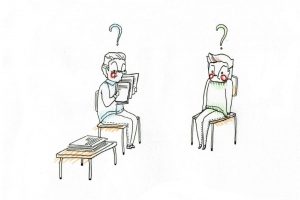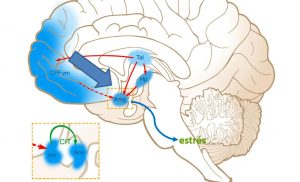The Insights Discovery, the color personality test, is one of the most complete personality tools for the leadership development and relationships development in companies.
Our purpose, as in other cases, is to understand its foundations and assess its suitability to be used in coaching. We include it in the coaching tools series because starts with the self-knowledge and self-awareness. However, a priori, its greatest usefulness seems to be in the development of the relationships and the leadership.
It is popularly known as ‘the test of colors’ or ‘the color personality test’. In our work as consultants it is easy to know if in a company they have had a workshop using the Insights Discovery. Sooner rather than later, someone, referring to another person, says: ‘Ah, this person do this because is blue (or red or green, or yellow)’.
Watch out! There is not always a positive nuance in these appreciations. It looks like that some colors of personality are more valued than others. Although the consultants of Insights Discovery strive to avoid discrimination – we are sure of that – it is difficult to avoid them.
Having a reference with colors personality is very powerful to remember how others are and how to deal with them. But, we cannot forget that colors can be perceived as labels; and labels pigeonhole people
In NeuroQuotient we also have colors, almost the same, but with a different meaning and purpose. We are focused on the Self-leadership development. The colors serve to remind us of the neuro behaviours that provide us with satisfaction (efficiencies) and that helps us to overcome limiting neuro behaviours. We don’t use colors linked to personality.
History and fundamentals
First of all, we have to say that we have obtained the most of the information we are going to comment from the own websites of the Insights Discovery. It is fair to appreciate its transparency.
Attention! Do not confuse with DISC Insights .
It was created in Scotland by the Lothians, father and son, and is based on the model of personality types of Carl Jung
Actually, the Insights Discovery is a recent, very new, tool of personality. It was created by Andi and Andy Lothian (father and son) in 1993, in Dundee (Scotland). Since 1999, the headquarters has been established in Austin (Texas).
Now (2018), 25 years later, the Insights Discovery has become a true multinational for people development in companies.
However, to find the model on which it is based we have to go back to Carl Jung. As it happened with the MBTI Indicator of psychological types of Myers-Briggs that we saw in a previous post.
The comparison of the Insights Discovery with the MBTI will help us to understand the underlying model.
We can say that the Insights Discovery follows the Jung model more strictly. The most important difference is that Briggs Myers added a fourth dichotomy to all three of Carl Jung.
In this way, the Insights Discovery has 8 (= 2x2x2) dimensions, which arise from the pairs within the three psychological functions of Carl Jung. Four main dimensions and four more that add nuances. Remember that the MBTI has 16 dimensions (8×2).
From Jung’s model to the Insights Discovery tool
The dimensions or scales of the Insights Discovery are born from the primary psychological functions of Carl Jung. The four main ones arise from:
– Two attitude functions. Extraversion and Introversion. According to the person prefers to focus on the outside world or inside world.
– And two rational functions or judgment functions. Thinking and Feeling. According to the preference in reaching conclusions, and in decision-making. Thinking when the person is more inclined to attend to the logical consciousness of the perceived. Feeling when the person is more subjective, focused on the affective, on people, values and special circumstances.
When we plot the Introversion and Extroversion on the two ends of the horizontal cartesian axis and Thinking and Feeling on the ends of the vertical, we have the four main dimensions of the Insights Discovery. Or better, what they call the four colors personality or energies (Fig 1).
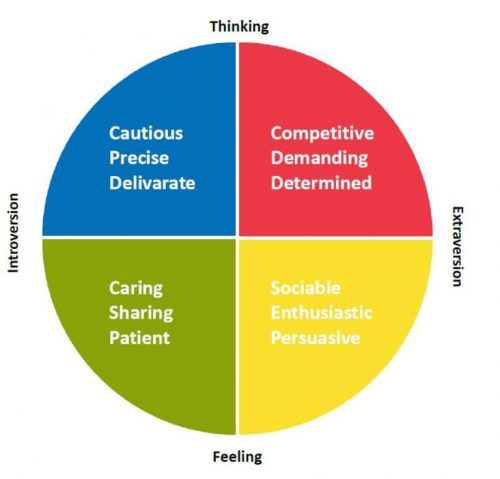
We can summarize the characteristics of each color and the associated personality traits, like:
- Fiery Red: Competitive, Demanding, Determined, Strong-willed, Purposeful
- Sunshine Yellow: Sociable, Dynamic, Demonstrative, Enthusiastic, Persuasive.
- Earth Green: Caring, Encouraging, Sharing, Patient, Relaxed
- Cool Blue: Cautious, Precise, Deliberate, Questioning, Formal
The two types of perception according to Jung generate the other dimensions of the Insights Discovery
With Jung’s third dichotomy, the one referring to perception, the four remaining dimensions of the Insights Discovery emerge. Perception refers to how we capture information and become aware of things, people, events or ideas.
The components of perception are Sensing and Intuition. Sensing, if the focus in on the simple information that one perceives; Intuition, if the person interprets the perceived information and adds meaning to it.
The document comparing the Insights Discovery with DISC has helped us understand the final eight dimensions.
In the attached table we have the 8 resulting dimensions, from the 3 psychological functions of Jung (attitude, judgment and perception). The four main ones, corresponding to the four colors of personality (which we have already seen and are in Fig 1.), are highlighted in this way in the table. They are those that derive from attitude and judgment: Director, Red; Inspirer, Yellow; Supporter, Green; and Blue Observer.
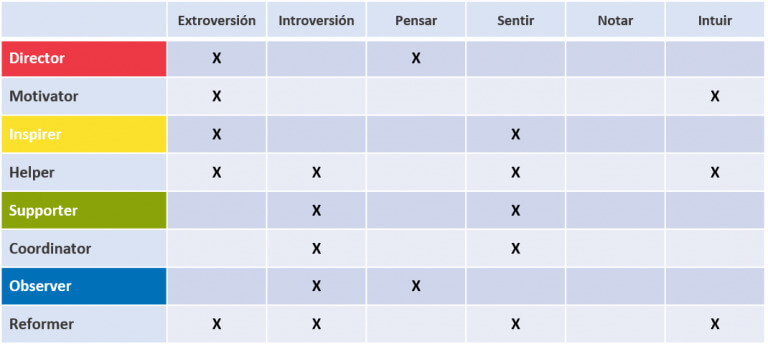
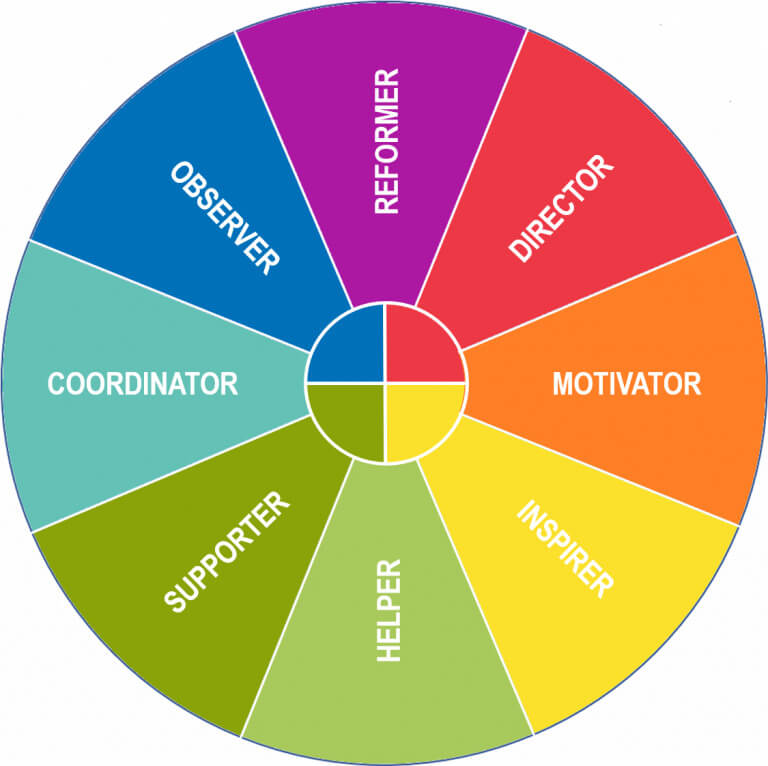
Finally, from the tendency and intensity of each one of Jung’s dichotomies, we have the profile of each person according to the Insights Discovery.
A model of personality types that does not pigeonhole people
It is very important to note an remarkable difference with MBTI. Myers-Briggs is a model of personality types, a person must fit strictly into one of the 16 types. In the Insight Discovery the profile of a person can have a greater or lesser component of each color, without being so pigeonholed. The response system of the tool questionnaire favours it. Of each group of 4 words, traits, the people choose a couple of them: The which one they believe that defines them more and the one that define them less. Finally one must decide the degree of agreement with the other two, which helps to add nuances to the resulting profile.
What is the Insights Discovery really good for?Is it useful for coaching?
The purpose of the Insights Discovery is defined as’ We help people get to know each other, understand each other and empower their leadership.
In this way, based on self-knowledge or self-awareness the development of leadership, teamwork, sales and customer service, change management and commitment are addressed.
If we look at the 4 steps of the development of Emotional Intelligence:
- Self-awareness
- Self-management
- Social Awareness
- Relationship Management.
It seems to be very powerful for points 1 (Self-awareness), 3 (Social Awareness) and 4 (Relationship Management). However, it falls short in point 2 (Self-management). And Self-management, together with Self-awareness, is the key to Self-leadership or Personal Leadership.
We believe that, because the development work with the Insights Discovery is done on a group of people basis. Conversely, to progress in Personal Leadership an individualized work is more efficient. Especially regarding to the management of emotions.
The theory of leadership and the concepts of the relationship management is easy to be understood, but if there is not an acceptable level of personal leadership or self-leadership, the practice is much more complicated. Sometimes impossible if emotional management fails.
Without anyone being upset, we think it is quite objective to say that for the coaching and development of Self-Leadership or Personal Leadership we can stay with NeuroQuotient ®.


